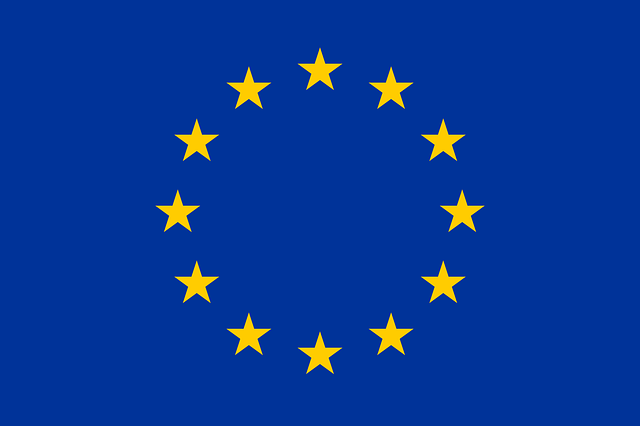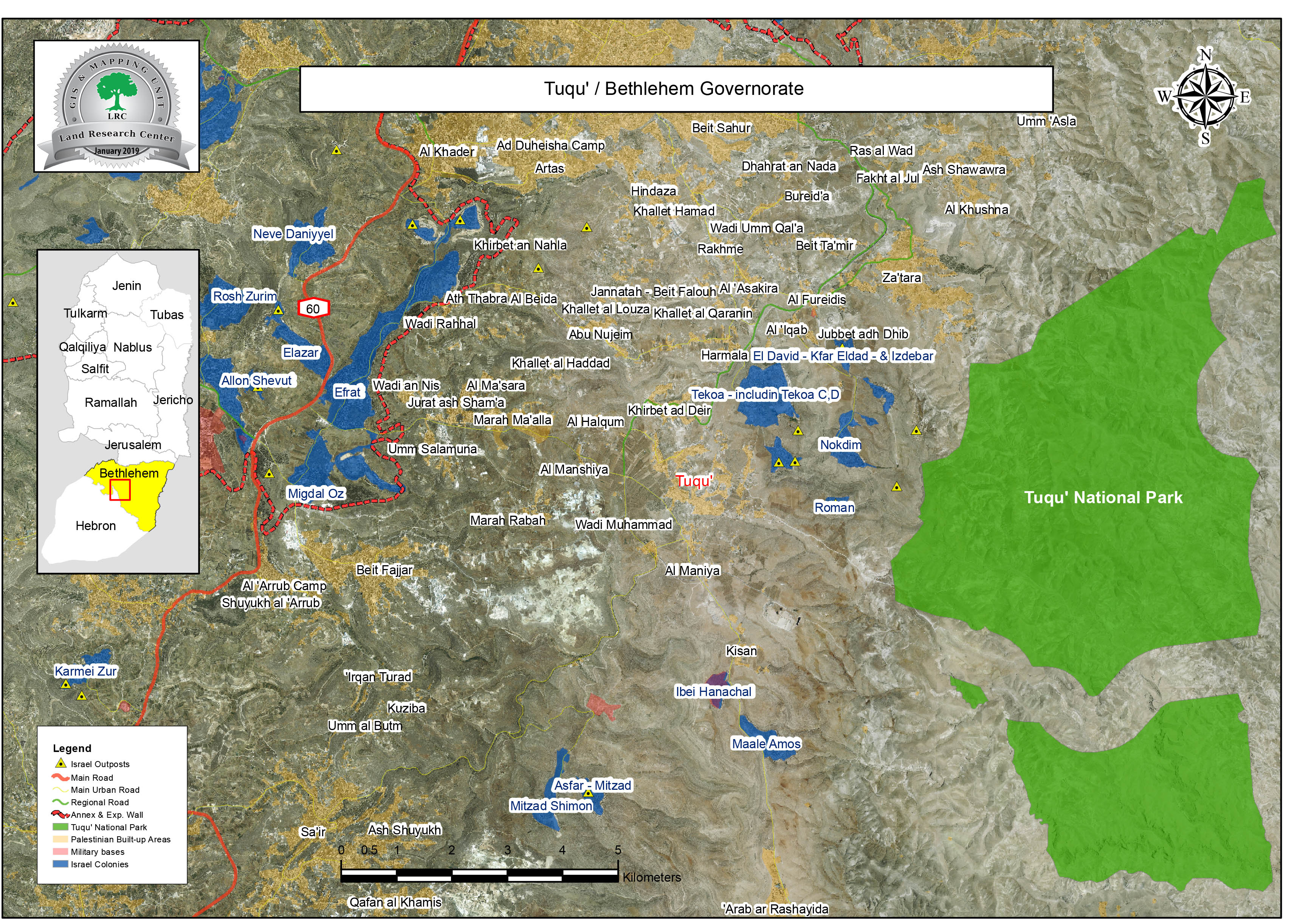2019-01-05
Settlers place a siege around a Palestinian agricultural land in Tuqu’/ Bethlehem governorate
Violation: Settlers place a siege on Palestinian agricultural lands.
Location: Tuqu’ town/ Bethlehem governorate.
Date: 5/01/2019.
Perpetrators: “Nokdim” and “El-David” settlers.
Victims: People of Tuqu’ and Beit Ta’mar.
Description:
Settlers from “Nokdim” and “El-David” placed a siege surrounding Palestinian lands to harass the owners, and make them walk a long way to reach their properties. Noteworthy, the land belongs to Palestinians from Tuqu’ and Beit Ta’mar.
Taysir Abu Al-Mefreh head of Tuqu’ municipality told LRC observer: “there is a landing site for minister Lieberman which devours wide areas of the lands”
It is important to point out, the Israeli minister Avigdor Lieberman lives in “Nokdim” settlement and causes chaos each time he enters or leaves the settlement. And settlers continuously expand on Palestinian lands under the support and protection of Lieberman.
About Tuqu':[1]
Tuqu' is an old Canaanite name which meant "placing of tents"; the crusaders called it "Thecua" as it was one of their strongholds in Bethlehem area.
Tuqu' has a great deal of Roman, Greek, and Mamluke ruins considering its strategic location. One of the most significant ruins is the "baptism basin" which is a stony artifact that has been cut and formed. It represents a number of Christian sects.
It is believed that the artifact has been made around the 1750s; it is also believed that this is one part of a two-part artifact; the second part's location is unknown.
Tuqu' is surrounded by 5 Israeli colonies including Tquah, AlDavid, Nokdim, in addition to two other colonies to the south, Mizpe Shalim and Mushki Dar Got.
Tuqu' total area is 10 km2. Therefore it is considered the largest rural community in Palestine. The village is 12km to the west of Bethlehem governorate and is covered by evergreen trees, making it an attractions to many visitors and tourists.
It is inhabited by 13000 people by 2014 including all its four parts namely: Tuqu' , Khirbet Tuqu', Khirbet al-Dair, and al-Halqum
[1] GIS-LRC

The contents of this document is the sole responsibility of LRC and can under no circumstances be regarded as reflecting the position of the European Union

